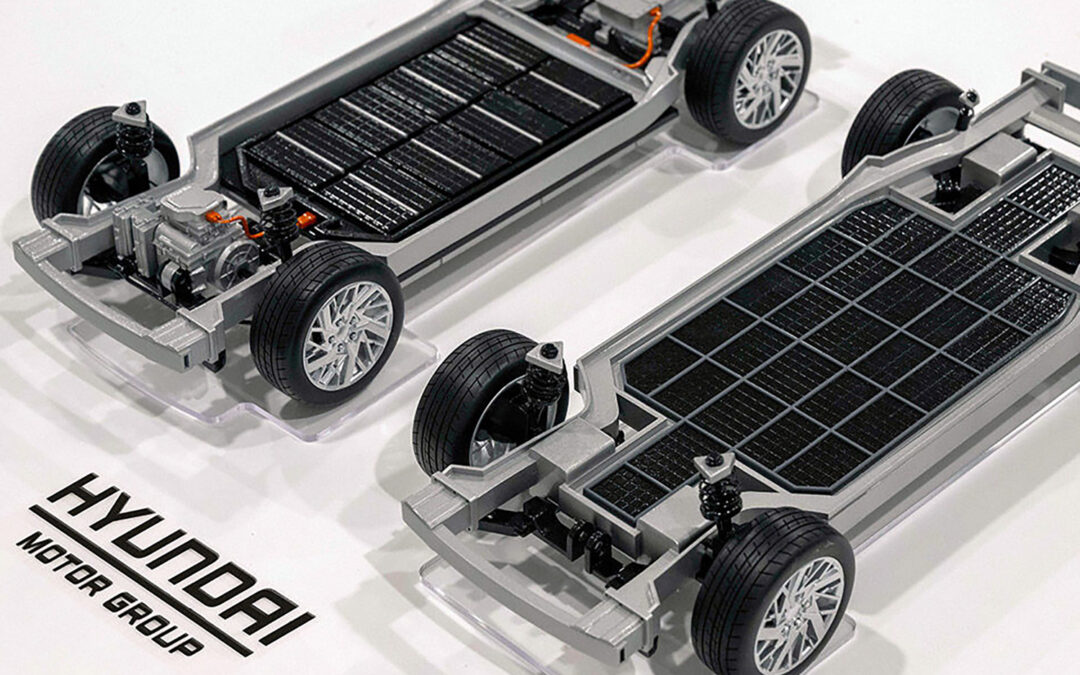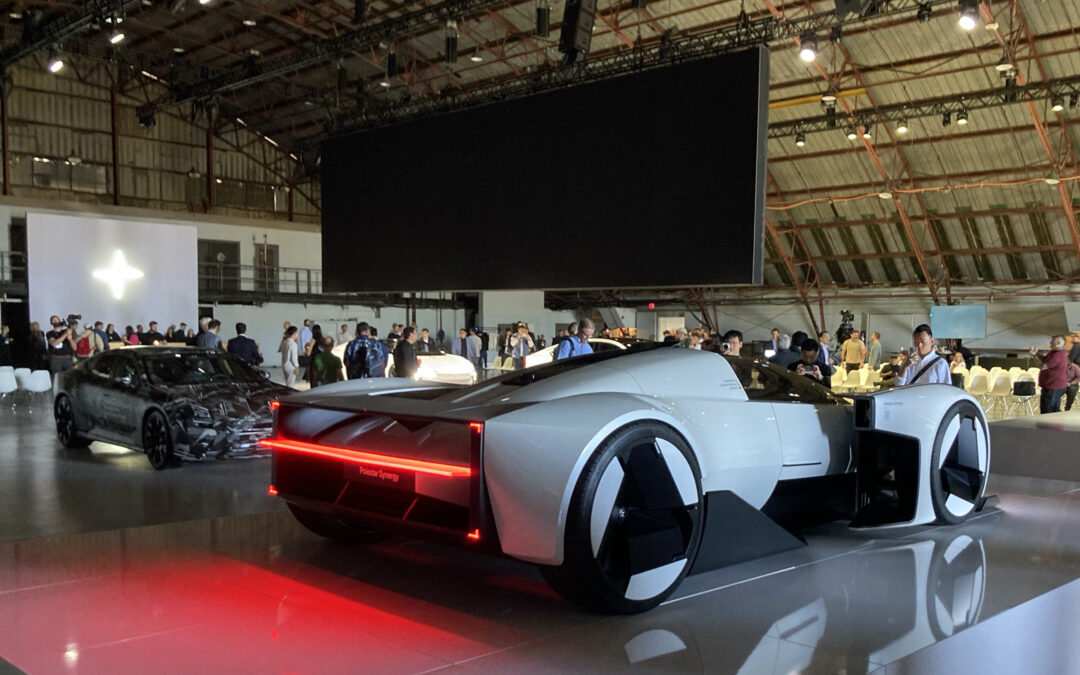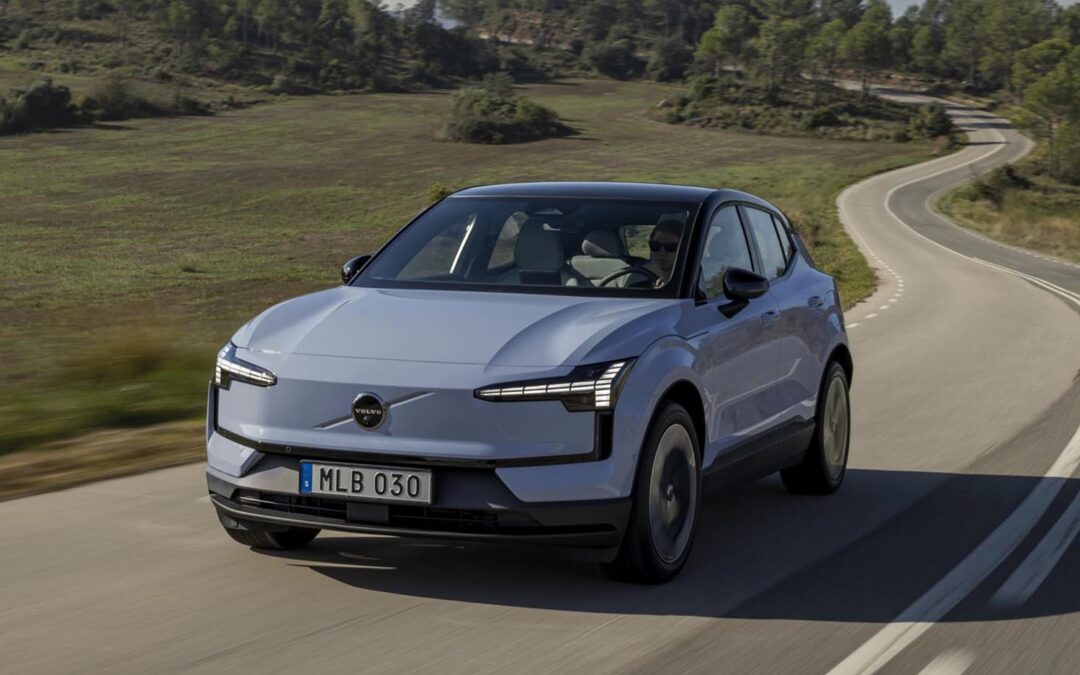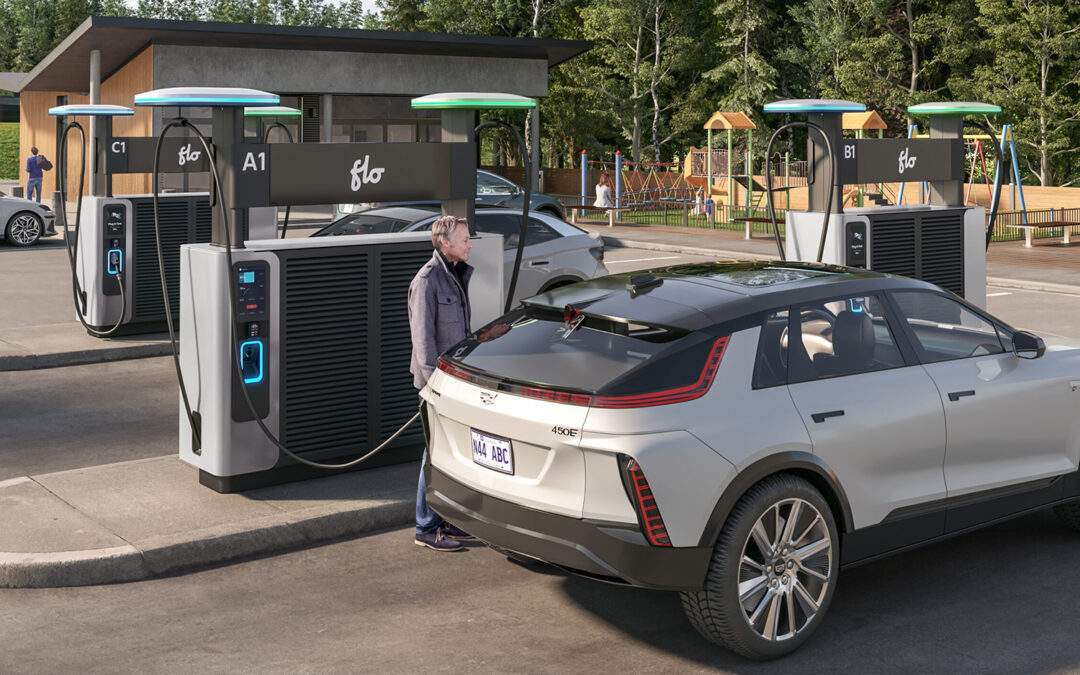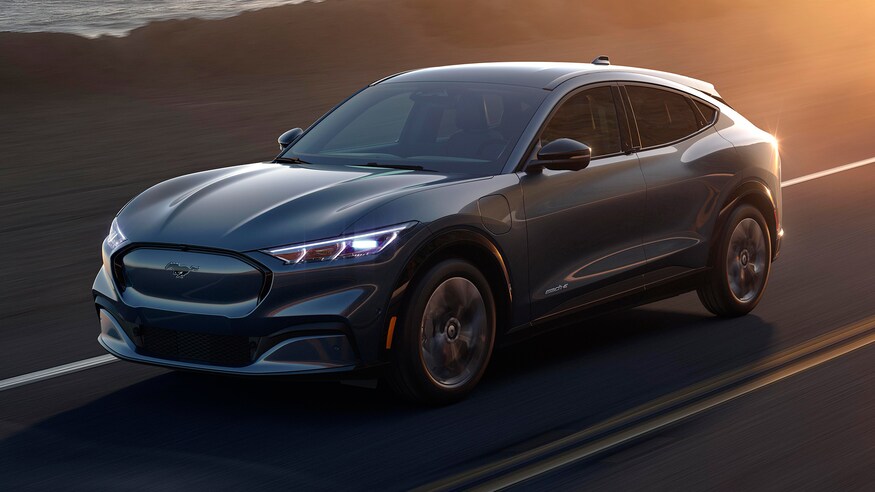Every Friday, The Charge looks back at the biggest headlines of the week with our own added insight and opinions for a broader picture of the news.
The Big Game, electrified

Kia 2022 Super Bowl commercial
No matter if you like football or not, you can’t escape the hype of The Big Game. Super Bowl LVI gets underway this Sunday, pitting the Cincinnati Bengals against the Los Angeles Rams in what could either be an epic battle or, as past years have shown, a disappointing bore.
But perhaps the most entertaining part of the event is what happens between the plays: the television commercials. With the game being the biggest TV event of the year, NBC, the carrier network, is charging US$6.5 million for a 30-second spot. And that’s just for the time! Companies wanting the exposure also fork out millions of dollars more on the production, hoping the spots become cultural legends. (Think Coca-Cola’s 1979 ‘Hey Kid, Catch’, Apple’s ‘1984’ Macintosh ad, or Pepsi’s 1992 ‘New Can’ ad with Cindy Crawford.)
This year will feature more than a few ads focusing on carmakers’ electric offerings, such as Kia, BMW and General Motors. Cute puppies and big-name stars? How can they not be winners?
A new way of doing things
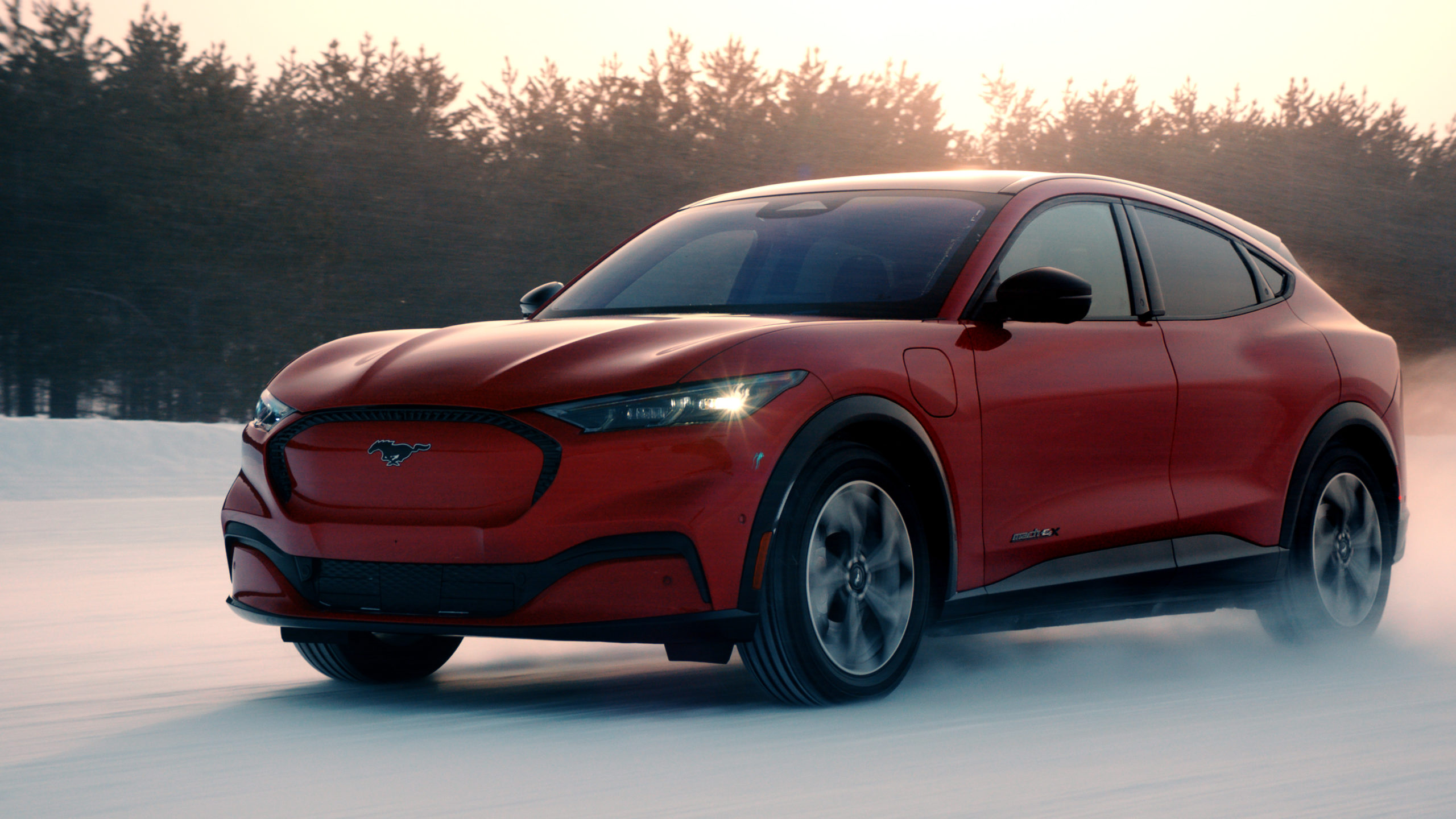
Ford has tested its all-electric Mustang Mach-E in extremely cold and hazardous conditions at Smithers Winter Test Center, an 800-acre world-class facility in the Upper Peninsula of Michigan.
Change comes slow to the auto industry. Since Henry Ford revolutionized the car factory almost 100 years ago, the method of building vehicles has remained relatively the same, robot workers nothwithstanding. And when it comes to updating cars, you usually have to wait either for the next generation, or at least a ‘mid-cycle refresh’. Why? Because that’s how it’s always been done.
But Ford again is changing things up. The Detroit automaker isn’t waiting years to introduce mechanical and software upgrades to its Mustang Mach-E, but rather, it’s doing it on the fly. Updates will be done as they engineer the changes, so one model coming off the line might be improved on the last one that rolled off before it. And it will take this experience and apply it to other models in the lineup, such as the upcoming F-150 Lightning. The only question is, why did the industry take this long?
And Ram, the Detroit truck builder, is also doing something a little different. It’s inviting Canadians to add their input on the upcoming electric pickup it will eventually debut in 2024. Ram says it will use that feedback in designing the truck and its features. It will be interesting to see how much input they use, and what that input will be.
Yes, people are buying electric vehicles

Bay Bridge of San Francisco, USA
Just a few years ago, you would have had to be an ‘early adopter’ or some tech geek to go out and buy an electric vehicle. And you probably would have gotten some stares, as they were as rare as a Canadian $2 bill to see on our roads.
Not anymore; we are now fully into the mass adoption of EVs across the world. Yes, they still make up around just 4 per cent of overall sales in Canada at the moment, but that number is exponentially on the rise. Need proof? A recent report by the International Energy Agency shows global sales have doubled from 2020 to 2021, and they’ve tripled over 2019 figures.
Meanwhile, California became the first US state to surpass 1 million registered plug-in vehicles. So many factors have come together to make EVs a viable and marketable solution: government mandates and subsidies, automakers’ increased investments and offerings, and a rapid advancement of technologies. In fact, Nissan has dropped the news that it will end combustion-engine production and offer only electric vehicles somewhere around 2025 in Europe, because it won’t be financial viable with upcoming European regulations.
Imagine where we’ll be just five years from now.

